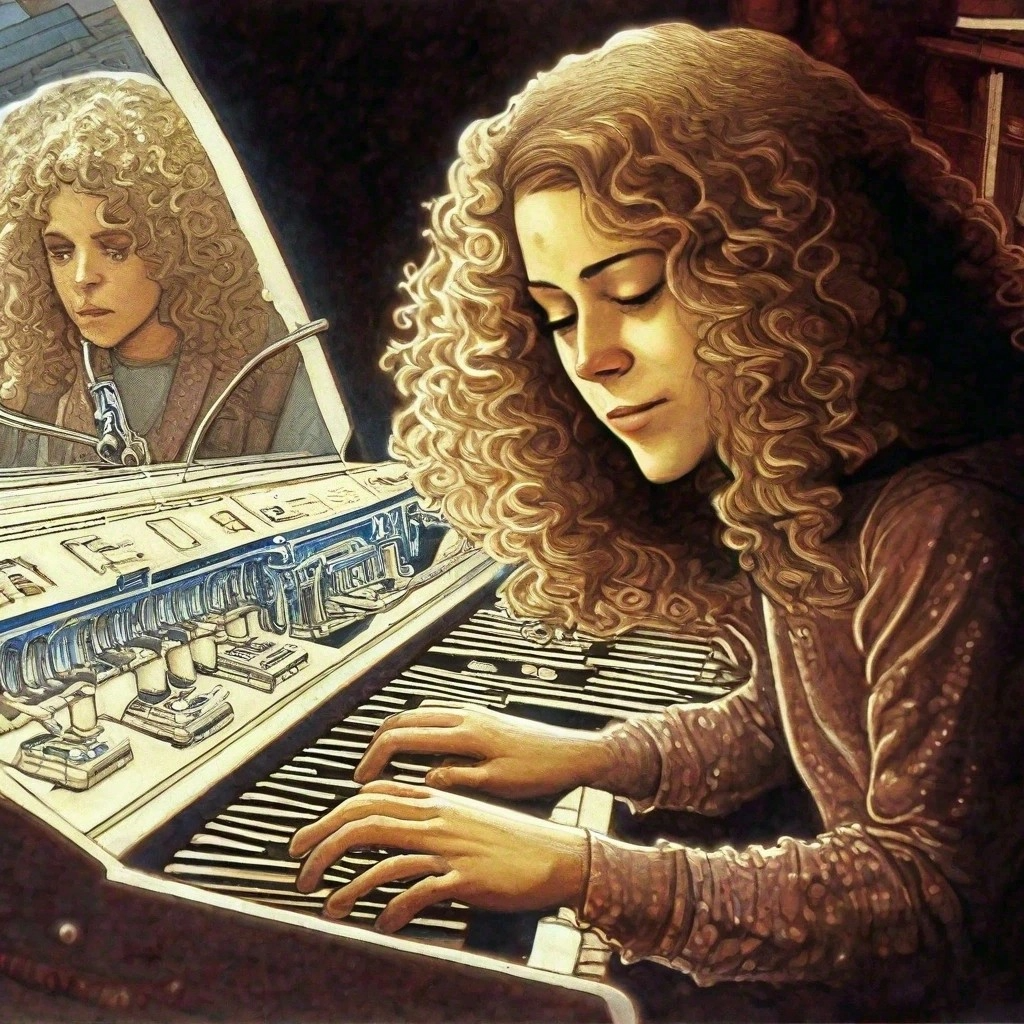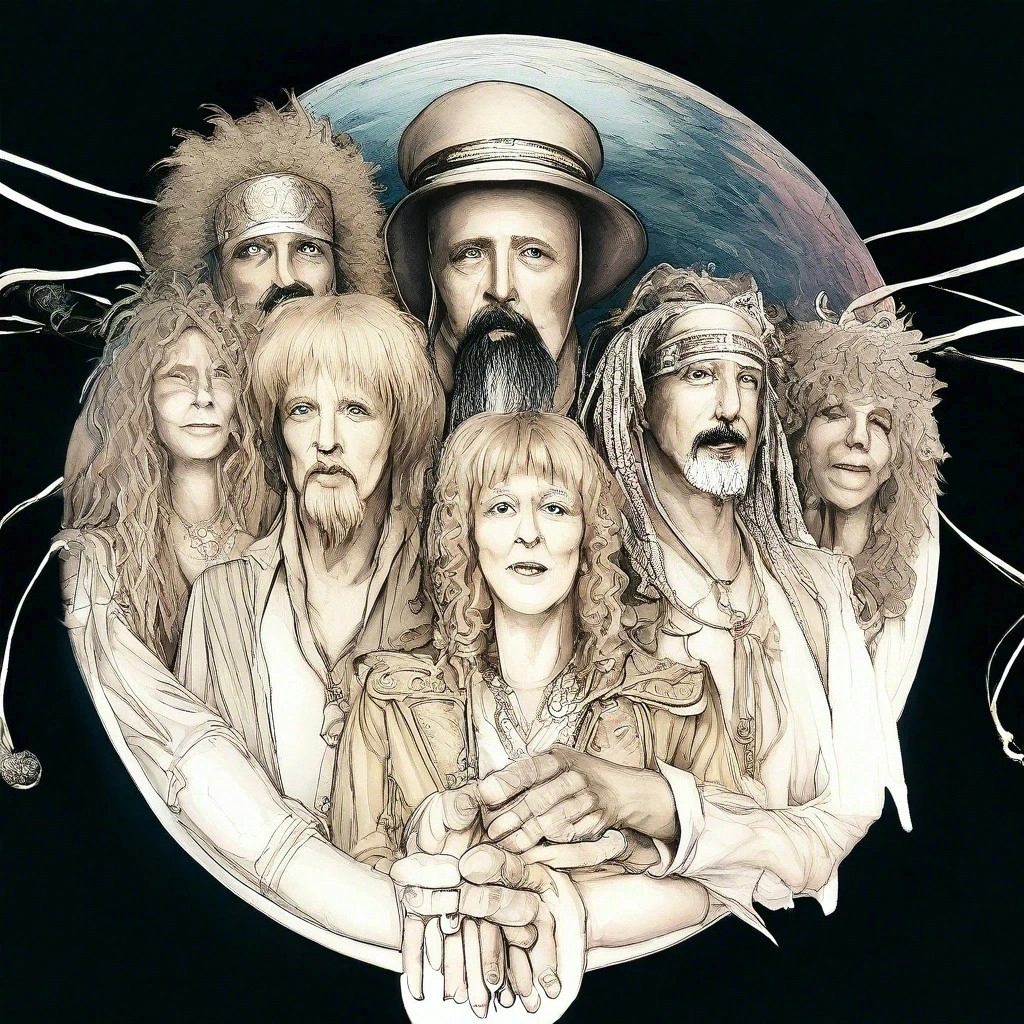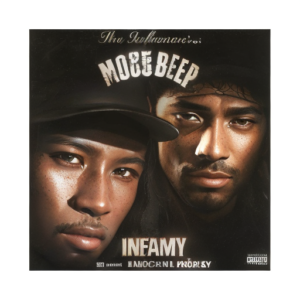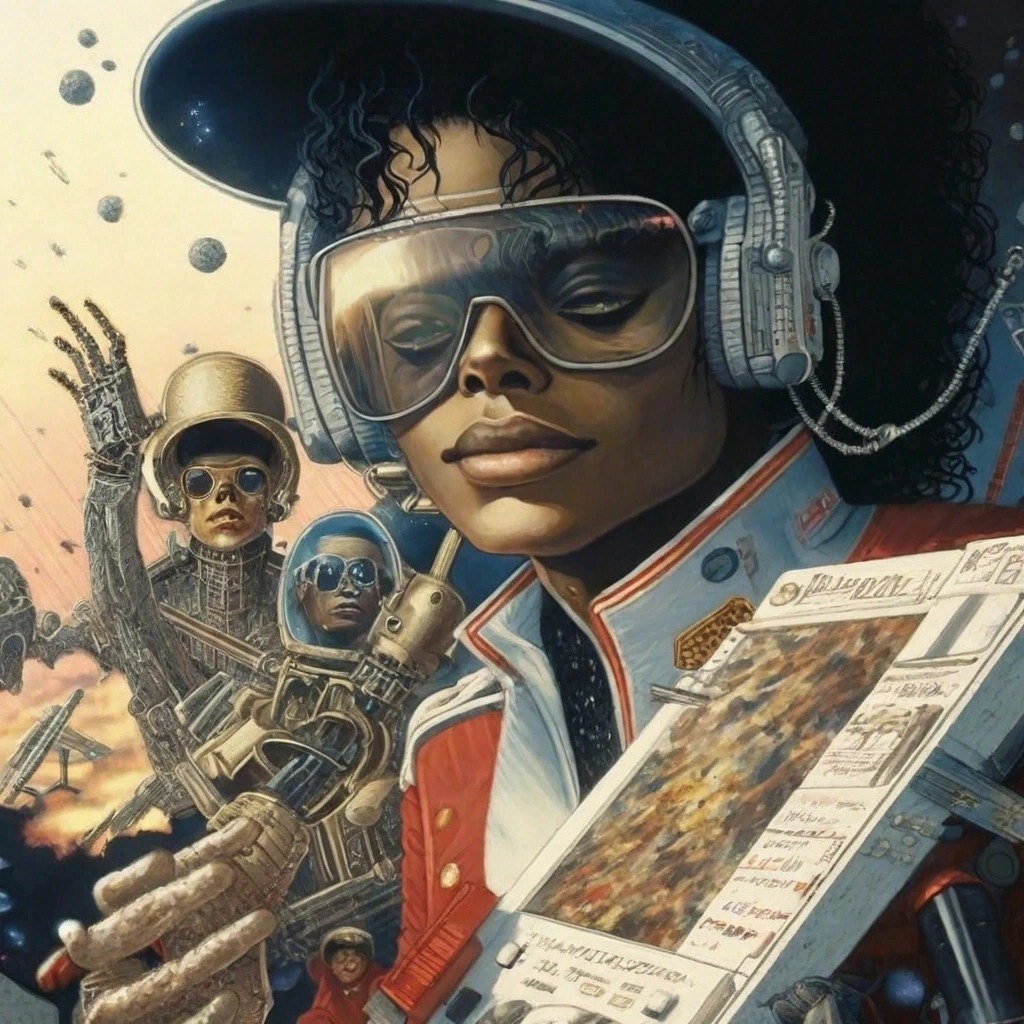"Tapestry" is not merely a collection of songs but a journey through the complexities of life, love, and self-discovery, making it a cornerstone of Carole King's illustrious career and a benchmark for singer-songwriter excellence.
Carole King Tapestry is an iconic album that has left an indelible mark on the landscape of popular music since its release in 1971. With its introspective lyrics, soulful melodies, and impeccable production, “Tapestry” has become a timeless classic that continues to resonate with listeners across generations. In this review, we will delve into the various aspects that contribute to the album’s enduring appeal, examining its musical style, artistic direction, lyrical themes, production quality, and more. “Tapestry” is not merely a collection of songs but a journey through the complexities of life, love, and self-discovery, making it a cornerstone of Carole King’s illustrious career and a benchmark for singer-songwriter excellence.
The album's musical style is timeless, transcending the boundaries of its era to remain relevant and impactful to this day.
“Tapestry” encapsulates the essence of the singer-songwriter genre with its intimate and introspective musical style. Carole King’s compositions are characterized by their simplicity yet profound emotional depth, drawing influence from folk, pop, and soul music. The album’s stripped-down arrangements, featuring King’s piano as the primary instrument, evoke a sense of raw authenticity that resonates with listeners on a personal level. King’s melodic sensibility shines through in each track, as she effortlessly weaves together catchy hooks and intricate harmonies. From the upbeat rhythm of “I Feel the Earth Move” to the poignant balladry of “So Far Away,” “Tapestry” showcases King’s versatility as both a musician and a storyteller. The album’s musical style is timeless, transcending the boundaries of its era to remain relevant and impactful to this day.
Carole King’s artistic direction in “Tapestry” is marked by a profound sense of authenticity and emotional vulnerability. In crafting the album, King made a deliberate choice to focus on simplicity and sincerity, stripping away any excess to allow her lyrics and melodies to take center stage. This artistic decision was a departure from the more polished and produced sound of her earlier work, reflecting King’s desire to create music that felt genuine and true to herself.
Throughout “Tapestry,” King’s artistic direction is evident in the album’s cohesive and organic flow. Each song seamlessly transitions into the next, creating a sense of narrative continuity that invites listeners to embark on a journey of introspection and self-discovery. King’s decision to record the album live with minimal overdubs further underscores her commitment to capturing the essence of her music in its purest form.
Additionally, King’s artistic direction is reflected in her choice of collaborators, including renowned musicians such as James Taylor, Joni Mitchell, and Danny Kortchmar, who contributed their talents to the album. Their subtle yet impactful contributions enhance the overall texture and depth of “Tapestry,” adding layers of nuance to King’s already rich musical tapestry.
Overall, Carole King’s artistic direction in “Tapestry” is a testament to her uncompromising dedication to her craft and her unwavering commitment to creating music that speaks directly to the heart and soul of the listener.
One of the central themes of "Tapestry" is the journey of self-discovery and personal growth.
The lyrics and themes of Carole King’s “Tapestry” are a poignant reflection of life, love, and the human experience. Throughout the album, King explores a myriad of emotions with honesty and vulnerability, offering listeners a glimpse into her innermost thoughts and feelings.
One of the central themes of “Tapestry” is the journey of self-discovery and personal growth. In songs like “Beautiful” and “Way Over Yonder,” King reflects on the challenges and triumphs of finding one’s place in the world and embracing one’s true identity. These songs resonate with listeners on a deep level, reminding them of the importance of authenticity and self-acceptance.
Love and relationships are also recurring themes in “Tapestry,” with King delving into the complexities of romantic love, friendship, and human connection. In tracks like “It’s Too Late” and “Will You Love Me Tomorrow,” King explores the bittersweet nature of love and heartache, capturing the universal experience of longing, loss, and longing again.
Moreover, “Tapestry” is imbued with a sense of nostalgia and reflection, as King reminisces about the past and contemplates the passage of time. Songs like “So Far Away” and “Home Again” evoke a sense of longing for simpler times and familiar comforts, while “You’ve Got a Friend” celebrates the enduring power of friendship and companionship.
Overall, Carole King’s lyrics in “Tapestry” are beautifully crafted and deeply resonant, offering listeners a timeless soundtrack to life’s joys and sorrows. With its heartfelt honesty and emotional depth, “Tapestry” continues to touch the hearts of listeners around the world, cementing its status as a classic of the singer-songwriter genre.
One of the defining characteristics of the album's production is its organic and naturalistic sound.
The production quality of Carole King’s “Tapestry” is exemplary, showcasing a meticulous attention to detail and a commitment to capturing the essence of King’s music in its purest form. Produced by Lou Adler, “Tapestry” benefits from a stripped-down and intimate approach to recording, allowing King’s vocals and piano playing to shine through with clarity and precision.
One of the defining characteristics of the album’s production is its organic and naturalistic sound. King and her collaborators recorded the album live in the studio, eschewing excessive overdubs and studio effects in favor of a more authentic and spontaneous performance. This decision not only adds to the album’s sense of intimacy but also preserves the warmth and intimacy of King’s music, allowing listeners to feel as though they are experiencing the songs in real-time.
Moreover, the production quality of “Tapestry” is enhanced by the skillful use of instrumentation and arrangement. From the subtle string arrangements on tracks like “It’s Too Late” to the soulful saxophone solos on “Smackwater Jack,” each song is carefully crafted to complement King’s vocals and piano playing, adding depth and texture to the overall sound of the album.
Additionally, the production of “Tapestry” benefits from the contributions of a talented team of musicians and engineers, including renowned session players like Danny Kortchmar, Russ Kunkel, and James Taylor. Their expertise and collaborative spirit imbue the album with a sense of musical camaraderie and shared vision, resulting in a cohesive and unified sound that resonates with listeners on a profound level.
Overall, the production quality of “Tapestry” is a testament to Carole King’s commitment to excellence and her unwavering dedication to her craft. By prioritizing authenticity and live performance, King and her collaborators have created an album that stands the test of time, inspiring generations of listeners with its timeless beauty and emotional resonance.
At the heart of "Tapestry" lies King's virtuosic piano playing, which serves as the foundation for many of the album's tracks.
The instrumentation and arrangement in Carole King’s “Tapestry” are integral components of the album’s rich and evocative sound. Throughout the record, King demonstrates her mastery of musical composition by employing a diverse array of instruments and arranging them in ways that enhance the emotional impact of her songs.
At the heart of “Tapestry” lies King’s virtuosic piano playing, which serves as the foundation for many of the album’s tracks. King’s piano work is characterized by its soulful chord progressions and delicate melodies, which add depth and texture to her songs while providing a rhythmic anchor for her vocals.
In addition to piano, “Tapestry” features a variety of other instruments that contribute to its lush and vibrant sound. Acoustic guitars, played by King herself and guest musicians like James Taylor, provide a warm and inviting backdrop for many of the album’s tracks, adding a folk-inspired sensibility to the music.
String arrangements, courtesy of seasoned composer and arranger David Campbell, lend an orchestral grandeur to songs like “It’s Too Late” and “So Far Away,” enhancing the emotional impact of King’s lyrics with their sweeping melodies and lush harmonies.
Moreover, “Tapestry” also incorporates elements of jazz and soul music, with saxophone solos, Hammond organ, and electric bass adding a soulful groove to tracks like “Smackwater Jack” and “I Feel the Earth Move.”
Overall, the instrumentation and arrangement in “Tapestry” are a testament to Carole King’s versatility as a musician and her keen ear for musical detail. By blending elements of folk, pop, jazz, and soul, King creates a rich and immersive sonic landscape that perfectly complements the lyrical depth and emotional resonance of her songs, resulting in an album that continues to captivate and inspire listeners decades after its release.
One of the defining features of King's vocal performance in "Tapestry" is its intimacy and authenticity.
Carole King’s vocal performance in “Tapestry” is nothing short of mesmerizing, showcasing her remarkable talent as both a singer and a storyteller. Throughout the album, King’s soulful voice effortlessly conveys a wide range of emotions, from joy and longing to heartache and introspection, drawing listeners in with its raw honesty and emotional depth.
One of the defining features of King’s vocal performance in “Tapestry” is its intimacy and authenticity. King eschews flashy vocal acrobatics in favor of a more restrained and understated approach, allowing the emotion and sincerity of her delivery to take precedence over technical prowess. This decision pays off handsomely, as King’s vocals resonate with a genuine warmth and vulnerability that is both captivating and deeply affecting.
Moreover, King’s vocal performance is characterized by its effortless versatility. Whether she’s belting out the soulful refrain of “It’s Too Late” or delivering the tender balladry of “You’ve Got a Friend,” King adapts her voice to suit the mood and tone of each song, infusing each lyric with a palpable sense of emotion and meaning.
Additionally, King’s vocal performance is enhanced by her impeccable phrasing and timing, which allow her to convey the nuances of her lyrics with precision and clarity. From the playful cadence of “I Feel the Earth Move” to the plaintive yearning of “So Far Away,” King’s nuanced delivery elevates each song to new heights, imbuing her words with a depth and resonance that lingers long after the music has faded.
Overall, Carole King’s vocal performance in “Tapestry” is a masterclass in expressive singing, showcasing her unique ability to connect with listeners on a profound emotional level. With its soulful honesty and unwavering sincerity, King’s voice remains as powerful and affecting today as it was over four decades ago, cementing her status as one of the greatest vocalists of her generation.
One of the key elements that contribute to the flow of "Tapestry" is its careful pacing and sequencing.
The flow and cohesion of Carole King’s “Tapestry” are masterfully executed, resulting in an album that feels like a seamless journey from start to finish. From the opening notes of “I Feel the Earth Move” to the closing strains of “Tapestry,” King’s meticulous attention to detail ensures that each song transitions effortlessly into the next, creating a cohesive and immersive listening experience.
One of the key elements that contribute to the flow of “Tapestry” is its careful pacing and sequencing. King arranges the songs in such a way that each track builds upon the themes and emotions established in the preceding ones, creating a sense of narrative progression that keeps listeners engaged from beginning to end. Whether she’s exploring the highs and lows of love and relationships or reflecting on the passage of time and the complexities of life, King’s songwriting remains consistently compelling and cohesive throughout the album.
Moreover, the flow of “Tapestry” is enhanced by the album’s sonic consistency and thematic coherence. King maintains a consistent musical aesthetic throughout the record, blending elements of folk, pop, and soul music to create a sound that feels cohesive and unified. This sonic consistency helps to reinforce the album’s overarching themes and emotional resonance, tying the individual songs together into a cohesive whole.
Additionally, King’s decision to record the album live with minimal overdubs adds to the sense of immediacy and intimacy that permeates “Tapestry.” By capturing the raw energy and spontaneity of her performances in the studio, King ensures that each song flows seamlessly into the next, creating a sense of intimacy and connection with the listener that is truly captivating.
Overall, the flow and cohesion of Carole King’s “Tapestry” are a testament to her skill as a songwriter and a storyteller. With its careful pacing, thematic coherence, and sonic consistency, “Tapestry” stands as a shining example of album craftsmanship, offering listeners a timeless and immersive musical experience that continues to captivate and inspire decades after its release.
Taylor's contributions are particularly evident in songs like "You've Got a Friend,"
While Carole King predominantly stands as the driving force behind “Tapestry,” her album also features notable collaborations that enrich its musical landscape. Among these, one of the most prominent is the inclusion of backing vocals by James Taylor, a fellow singer-songwriter of the era whose distinctive voice adds depth and warmth to several tracks.
Taylor’s contributions are particularly evident in songs like “You’ve Got a Friend,” where his harmonies complement King’s lead vocals, creating a sense of camaraderie and solidarity that underscores the song’s message of friendship and support. Similarly, Taylor’s backing vocals on “Will You Love Me Tomorrow” and “So Far Away” add a layer of emotional resonance to King’s already poignant lyrics, enhancing the overall impact of these songs.
In addition to James Taylor, “Tapestry” also features contributions from other accomplished musicians, including guitarist Danny Kortchmar and saxophonist Curtis Amy. Kortchmar’s guitar work, in particular, adds a bluesy edge to tracks like “Smackwater Jack” and “Where You Lead,” while Amy’s soulful saxophone solos infuse songs like “I Feel the Earth Move” with a sense of energy and vitality.
Moreover, the collaborative spirit of “Tapestry” extends beyond individual performances to include the collective efforts of King and her backing band, The Section. Comprised of seasoned session musicians like Russ Kunkel, Charles Larkey, and Joel O’Brien, The Section provides a solid musical foundation for King’s songs, enhancing their impact with their impeccable musicianship and intuitive understanding of King’s artistic vision.
Overall, the collaborations on “Tapestry” serve to enrich the album’s musical tapestry, adding depth, texture, and nuance to King’s already captivating compositions. Whether through the harmonious blend of voices or the interplay of instrumental arrangements, these collaborations enhance the overall listening experience, making “Tapestry” a true masterpiece of collaborative artistry.
Released in 1971, "Tapestry" arrived at a pivotal moment in music history, serving as a bridge between the pop sensibilities of the 1960s and the introspective singer-songwriter movement of the 1970s
“Innovation and Originality” may not be the foremost qualities associated with Carole King’s “Tapestry” in terms of groundbreaking musical techniques or avant-garde experimentation. However, its innovation lies in its pioneering approach to the singer-songwriter genre and its lasting influence on popular music.
Released in 1971, “Tapestry” arrived at a pivotal moment in music history, serving as a bridge between the pop sensibilities of the 1960s and the introspective singer-songwriter movement of the 1970s. While King was not the first artist to embrace a confessional lyrical style or a stripped-down musical aesthetic, her approach to these elements helped to redefine the singer-songwriter genre and pave the way for future generations of artists.
One of the most innovative aspects of “Tapestry” is its emphasis on personal storytelling and emotional honesty. In an era dominated by larger-than-life rock bands and elaborate concept albums, King’s decision to focus on intimate, introspective songwriting was a bold departure from the norm. Through songs like “It’s Too Late” and “You’ve Got a Friend,” King demonstrated the power of simplicity and sincerity, proving that music could be both deeply personal and universally relatable.
Additionally, “Tapestry” showcased King’s talents as a multi-dimensional artist, blurring the lines between genres and defying easy categorization. While the album is often classified as folk-rock or singer-songwriter, its eclectic mix of influences—including folk, pop, soul, and even elements of jazz—demonstrates King’s willingness to push boundaries and explore new sonic territory.
Moreover, “Tapestry” was a commercial and critical success upon its release, becoming one of the best-selling albums of the 1970s and earning King four Grammy Awards, including Album of the Year. Its impact on popular culture cannot be overstated, inspiring countless artists to embrace a more personal and introspective approach to songwriting and influencing the direction of popular music for decades to come.
In conclusion, while “Tapestry” may not have been groundbreaking in terms of musical innovation or experimentalism, its innovation lies in its pioneering approach to the singer-songwriter genre and its lasting influence on popular music. By combining personal storytelling, emotional honesty, and eclectic musical influences, Carole King created an album that remains as fresh and relevant today as it was over four decades ago, cementing its status as a timeless classic of the singer-songwriter genre.
This emotional authenticity and vulnerability are at the heart of what makes "Tapestry" such a powerful and enduring work of art.
The impact and emotional resonance of Carole King’s “Tapestry” extend far beyond its initial release in 1971, shaping the lives of listeners and influencing the course of popular music for generations to come. At its core, “Tapestry” is a deeply personal and introspective album that speaks to the universal themes of love, loss, and self-discovery, resonating with listeners on a profound emotional level.
One of the key factors contributing to the impact of “Tapestry” is its ability to evoke a wide range of emotions in listeners. From the infectious joy of “I Feel the Earth Move” to the poignant nostalgia of “So Far Away,” each song on the album taps into the complexities of the human experience, offering listeners a mirror through which to reflect on their own lives and relationships. This emotional authenticity and vulnerability are at the heart of what makes “Tapestry” such a powerful and enduring work of art.
Moreover, the impact of “Tapestry” extends beyond its lyrical content to encompass its musicality and sonic craftsmanship. Carole King’s soulful vocals, expressive piano playing, and impeccable songwriting combine to create a rich and immersive musical experience that resonates with listeners on a visceral level. Whether through the gentle sway of a ballad or the infectious groove of an uptempo track, “Tapestry” has a way of touching the hearts and souls of listeners, leaving a lasting impression that lingers long after the music has ended.
Furthermore, the enduring popularity of “Tapestry” speaks to its timeless appeal and universal relevance. Despite being released over four decades ago, the album continues to find new audiences and inspire new generations of musicians and songwriters. Its songs have been covered by countless artists across a variety of genres, attesting to the enduring impact and emotional resonance of King’s music.
In conclusion, Carole King’s “Tapestry” is a masterpiece of emotional storytelling and musical craftsmanship that continues to resonate with listeners around the world. Its impact and emotional resonance stem from its ability to speak to the universal themes of love, loss, and self-discovery, as well as its timeless musicality and universal appeal. As a result, “Tapestry” remains as relevant and impactful today as it was upon its initial release, cementing its status as a true classic of popular music.
Its impact on popular culture was further solidified by its inclusion in numerous "greatest albums of all time" lists compiled by music critics and publications.
Carole King’s “Tapestry” garnered widespread acclaim upon its release in 1971, earning numerous awards and accolades that solidified its status as a classic of the singer-songwriter genre. Among its most notable achievements are the four Grammy Awards it received, including Album of the Year, making King the first female solo artist to win the prestigious award.
In addition to its Grammy success, “Tapestry” was also recognized with several other accolades, including Album of the Year honors from the American Music Awards and the National Academy of Recording Arts and Sciences. Its impact on popular culture was further solidified by its inclusion in numerous “greatest albums of all time” lists compiled by music critics and publications.
Moreover, “Tapestry” continues to receive recognition and praise to this day, with its songs being inducted into the Grammy Hall of Fame and the Library of Congress National Recording Registry for their cultural and historical significance. Its enduring popularity and influence have cemented its status as one of the greatest albums of all time, inspiring countless artists and musicians across generations.
Overall, the awards and recognition bestowed upon Carole King’s “Tapestry” are a testament to its enduring legacy and cultural significance. From its groundbreaking musical achievements to its universal appeal and emotional resonance, “Tapestry” remains a landmark album that continues to captivate and inspire listeners around the world.
One of the key factors contributing to the replay value of "Tapestry" is its rich musical tapestry, which offers something new to discover with each listen.
The replay value and lasting impressions of Carole King’s “Tapestry” are undeniable, as the album continues to resonate with listeners decades after its initial release. Its enduring appeal lies in its timeless melodies, heartfelt lyrics, and profound emotional resonance, which ensure that each listening experience feels fresh and meaningful, regardless of how many times one has heard it before.
One of the key factors contributing to the replay value of “Tapestry” is its rich musical tapestry, which offers something new to discover with each listen. Whether it’s the intricate arrangements, the subtle nuances of King’s vocal delivery, or the depth of emotion conveyed in her lyrics, there are countless layers to unpack and explore, making each listening session a rewarding and enriching experience.
Moreover, the themes explored in “Tapestry” are universally relatable, touching on topics such as love, loss, self-discovery, and the passage of time. As such, the album has a timeless quality that transcends generational boundaries, resonating with listeners of all ages and backgrounds. Whether you’re a young person navigating the complexities of relationships or an older listener reflecting on life’s journey, the songs of “Tapestry” offer solace, inspiration, and a sense of connection to something greater than oneself.
Furthermore, the emotional impact of “Tapestry” leaves a lasting impression that lingers long after the music has ended. From the joyful exuberance of “I Feel the Earth Move” to the wistful introspection of “So Far Away,” each song on the album leaves an indelible mark on the listener’s heart and soul, evoking a range of emotions that stay with them long after the final notes have faded away.
In conclusion, the replay value and lasting impressions of Carole King’s “Tapestry” are a testament to its enduring legacy as one of the greatest albums of all time. With its timeless melodies, heartfelt lyrics, and profound emotional resonance, “Tapestry” continues to captivate and inspire listeners, ensuring its rightful place in the pantheon of musical masterpieces for generations to come.
In conclusion, Carole King’s “Tapestry” stands as a timeless masterpiece that transcends the boundaries of time and genre. From its intimate lyrics to its soul-stirring melodies, the album offers a profound glimpse into the human experience, touching hearts and inspiring minds with its honesty, authenticity, and emotional depth.
“Tapestry” is more than just a collection of songs; it’s a journey through life’s joys and sorrows, a soundtrack to the human condition that resonates with listeners on a deeply personal level. Whether you’re experiencing the album for the first time or revisiting it after years of admiration, “Tapestry” never fails to leave a lasting impression, its melodies lingering in the mind and its words lingering in the soul.
As we reflect on the impact of “Tapestry” and its enduring legacy, one thing becomes clear: Carole King’s music has touched the lives of millions, offering comfort, inspiration, and a sense of connection to something greater than ourselves. In a world that is constantly changing, “Tapestry” remains a constant source of solace and inspiration, reminding us of the power of music to uplift, heal, and unite us all.






